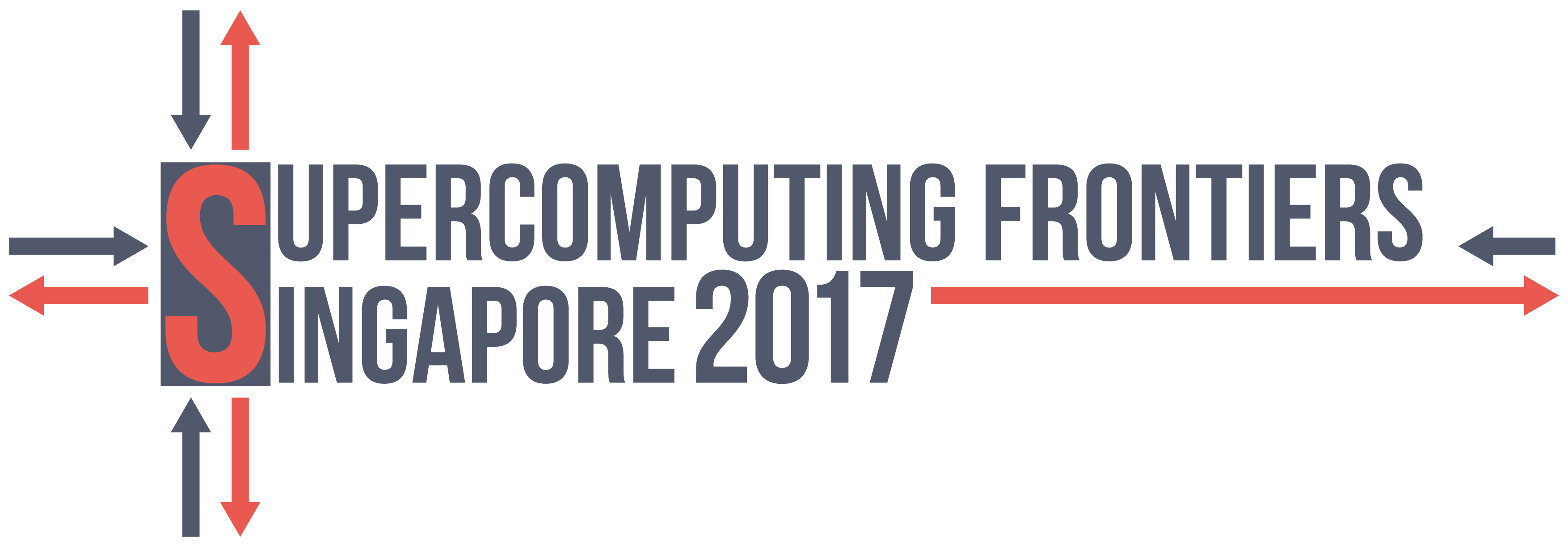The Future of Digital Computing Beyond Moore’s Law
John Shalf
Chief Technology Officer
Lawrence Berkeley National Labs, USA
Abstract:
Click here for John Shalf’s presentation slides.
Moore’s Law is a techno-economic model that has enabled the Information Technology (IT) industry to nearly double the performance and functionality of digital electronics roughly every two years within a fixed cost, power and area. Within a decade, the technological underpinnings for the process Gordon Moore described will come to an end as lithography gets down to atomic scale. At that point, it will be feasible to create lithographically produced devices with characteristic dimensions in the 3nm–5nm range. This range corresponds to a dozen or fewer Si atoms across critical device features and will therefore be a practical limit for controlling charge in a classical sense. The classical technological driver that has underpinned Moore’s law for the past 50 years is already failing and is anticipated to flatten by 2025.
This talk provides an updated view of what a 2023 system might look like and the challenges ahead, based on our most recent understanding of technology roadmaps. It also will discuss the tapering of historical improvements in lithography, and how it affectst options available to continue scaling of successors to the first exascale machine.
Bio-Data:
John M. Shalf is CTO for the National Energy Research Supercomputing Center and department head for computer science at Lawrence Berkeley National Laboratory. John also serves as deputy director of hardware technology for DOE’s Exascale Computing Project — a multi-billion dollar program to design the next generation of HPC systems as part of the US National Strategic Computing Initiative.



